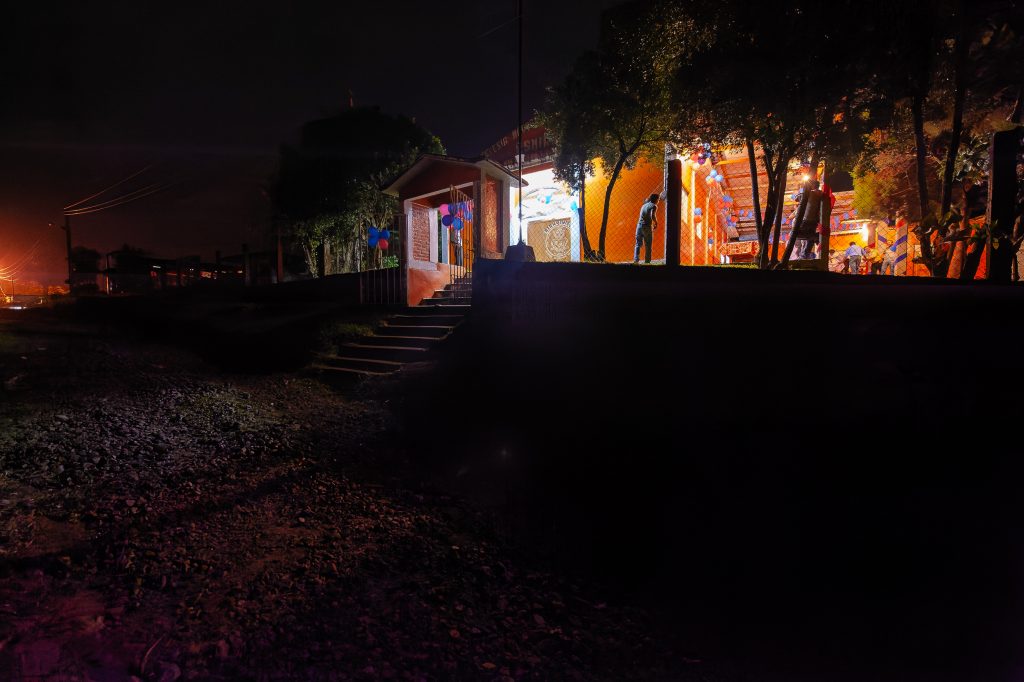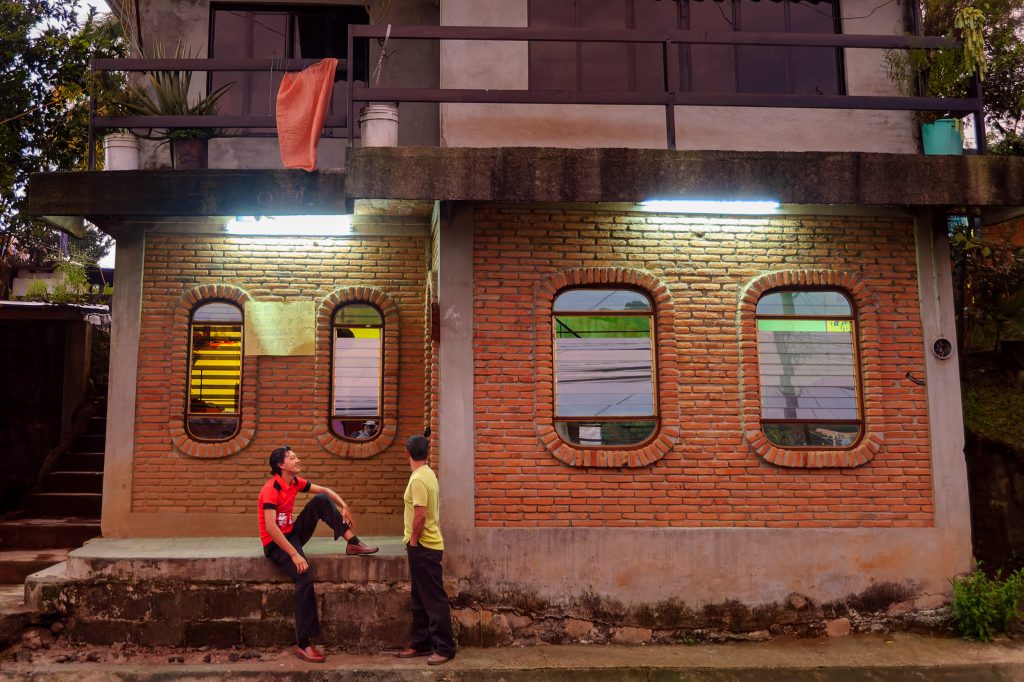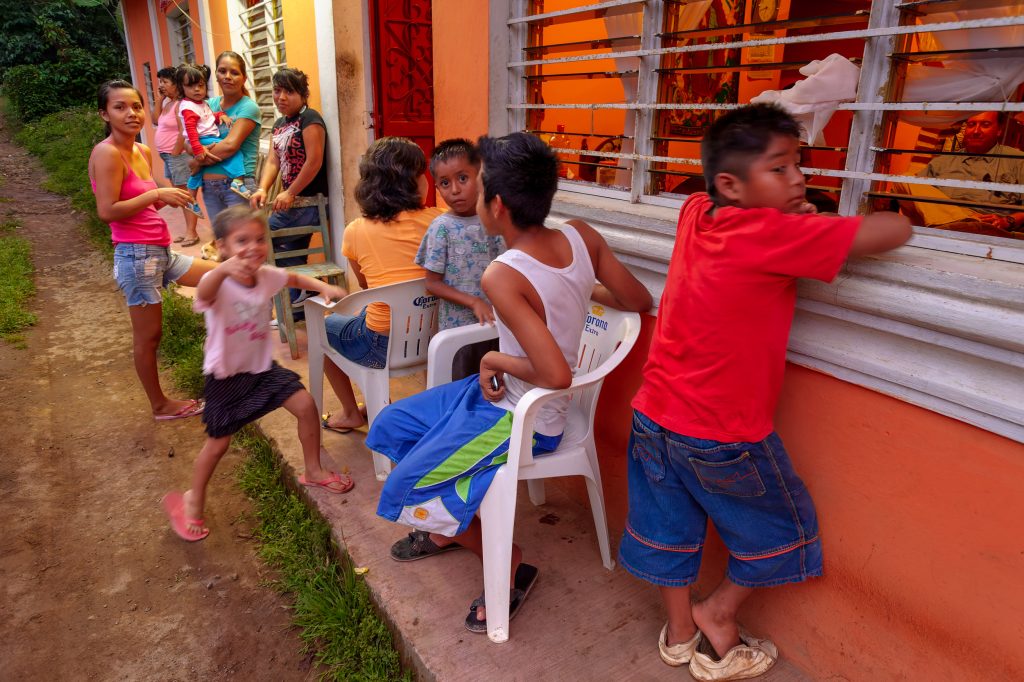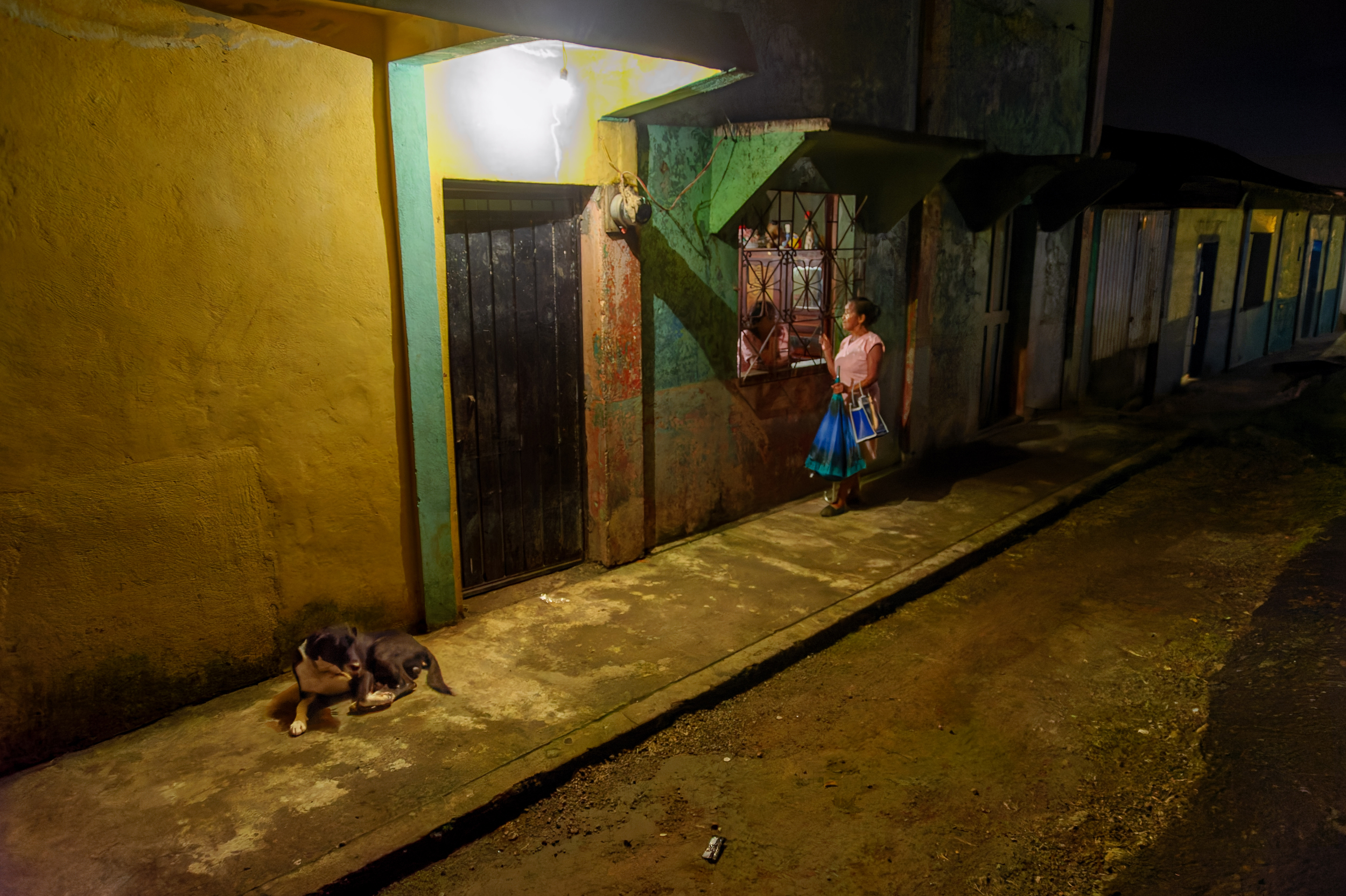There’s magic in the air as the sun dips below the horizon or begins to rise, casting its golden glow over the world. For photographers, these moments of transition between day and night offer a canvas of light and shadow, where the scene’s drama unfolds in breathtaking beauty. Shooting in low light, at dusk or sunrise, isn’t just about capturing images; it’s about harnessing the emotional power of light to evoke profound feelings in the viewer.

Theatrical Lighting: Setting the Stage for Emotion
Imagine a scene bathed in the soft, golden light of the setting sun or the ethereal glow of dawn breaking on the horizon. These atmospheric conditions create a natural stage where light and shadow dance together, setting the mood and tone of the photograph. Unlike shooting in the harsh, even midday light, shooting in low light adds a theatrical element to the scene, drawing the viewer into a world filled with mystery, intrigue, and emotion.
Embracing Contrast: The Play of Light and Shadow
One of the most captivating aspects of low-light shooting is the interplay between light and shadow. Long shadows stretch across the landscape as the sun hangs low in the sky, adding depth and dimension to the scene. The contrast between light and shadow creates a sense of drama and tension, heightening the photograph’s emotional impact. By embracing contrast, photographers can evoke a wide range of emotions, from awe and wonder to solitude and contemplation.

Golden Hour: The Magic of Dawn and Dusk
The golden hour, that magical time just after sunrise or before sunset, is often revered by photographers for its soft, warm light and vibrant colors. The world is bathed in a golden glow during this fleeting moment, creating a sense of warmth, intimacy, and nostalgia. Photographers who embrace the golden hour can capture images that resonate with emotion, transporting viewers to a place of serenity and beauty.
Creating Mood and Atmosphere
Shooting in low light allows photographers to create a mood and atmosphere. Whether it’s the quiet stillness of a misty morning, the romance of a candlelit dinner, or the eerie allure of a moonlit night, low-light photography invites viewers to immerse themselves in the moment’s emotion. By carefully manipulating light and shadow, photographers can evoke specific feelings and robust emotional responses from their audience.

Inviting the Viewer into the Scene
Perhaps the most compelling aspect of low-light shooting is its ability to pull the viewer into the scene. Unlike shooting in well-lit environments where everything is visible and exposed, shooting in low light leaves room for interpretation, inviting viewers to fill in the blanks with their imagination. This collaborative process engages the viewer on a deeper level, allowing them to connect with the photograph on an emotional and visceral level.
In conclusion, shooting in low light, at dusk or sunrise, is a powerful way to evoke emotion and create mood in photography. By harnessing the dramatic effects of light and shadow, photographers can paint with light, weaving stories that resonate with their audience’s hearts and minds. So, the next time you pick up your camera, consider the emotional power of shooting in low light and let your creativity soar as you capture the magic of dawn and dusk.

